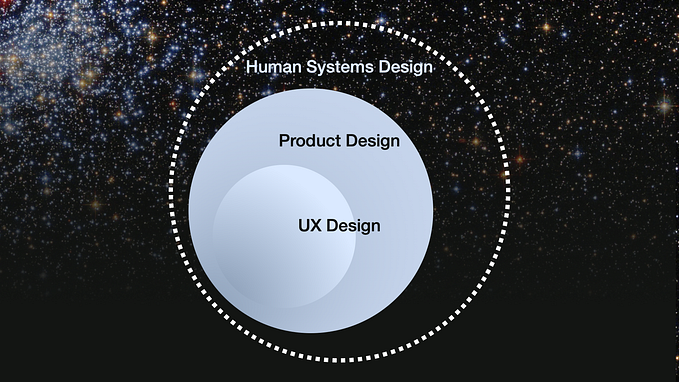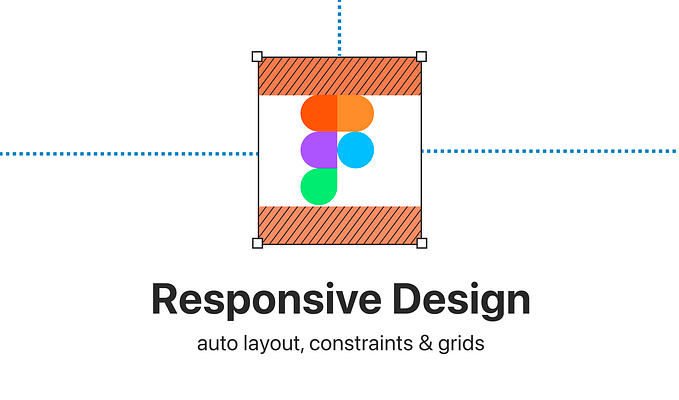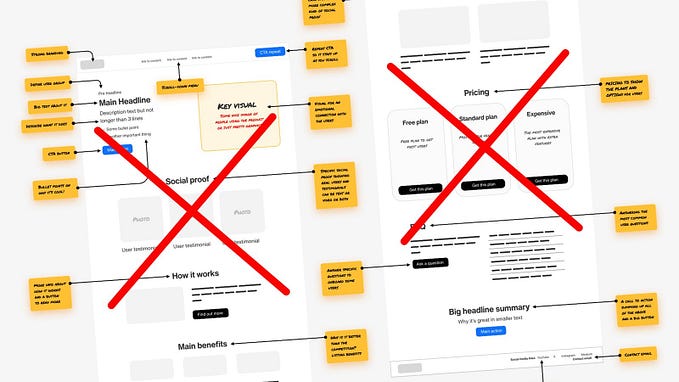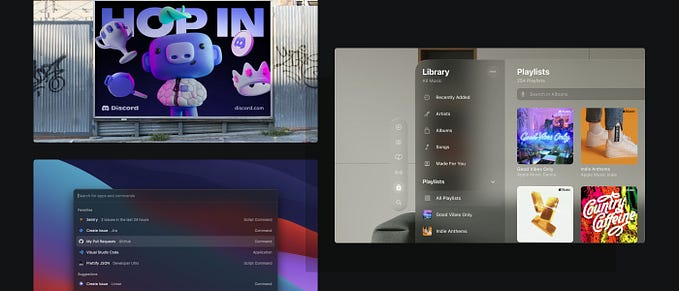Member-only story
Figma and the cost of collaboration
How Figma’s pricing is anti-product-led growth

Last month, I paid for Figma for the first time.
I wrote about the upgrade experience on Medium and showed that the number of paying teams is a big KPI for Figma right now, as well as the average revenue per team.
I got this sense from seeing a whopping eight prompts to upgrade in a single session and seeing a notable increase in the urgency of their upgrade messaging; now it’s all ‘last file’, ‘0 left’, and ‘you’re running out’.

This monetisation push shows in their numbers too: Figma hit $600 million in annual revenue last year (up 50% from $400M in 2022) and reported a 150% net dollar retention rate (i.e. every $100 spent results in $150 in the future). We’ll come back to Figma’s tactic that boosts their net dollar later...but the TL;DR is that it’s dark AF.


From a business perspective, these are incredibly attractive numbers.
From a user perspective, I didn’t feel annoyed about this persistent push to pay.
It was contextual and relevant to me. I use Figma for so much, I thought: it’s about time I pay.
And I was happy to pay - I love(d) the brand.
That was until I came to my first billing period where I almost paid 2X what I’d just paid for my annual subscription.
I also found 5+ examples of dark UX, bad friction by design and a pricing strategy that penalises Figma’s core competitive advantage: the ease of collaboration.
Ouch.
We’ll walk through my customer journey map and build a picture of how Figma’s payment flow and team management flow have degraded the trust I have in the brand.
How their pricing strategy is inherently anti-product-led growth.








